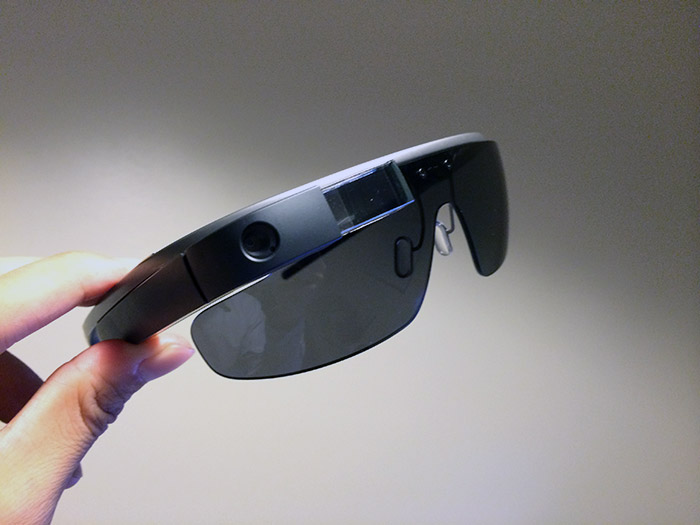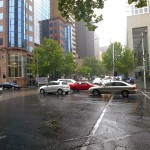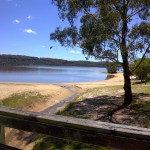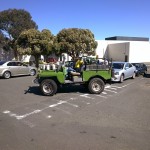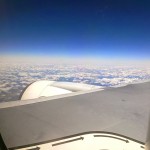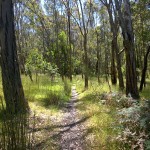So I received an Explore invite to Google Glass earlier last week and I took the opportunity to gift myself a Christmas present.
I’ve tried Google Glass before for just a couple minutes, but there’s always a different experience between trying them and using them. Here are my impressions from using it every day over the last 5 days.
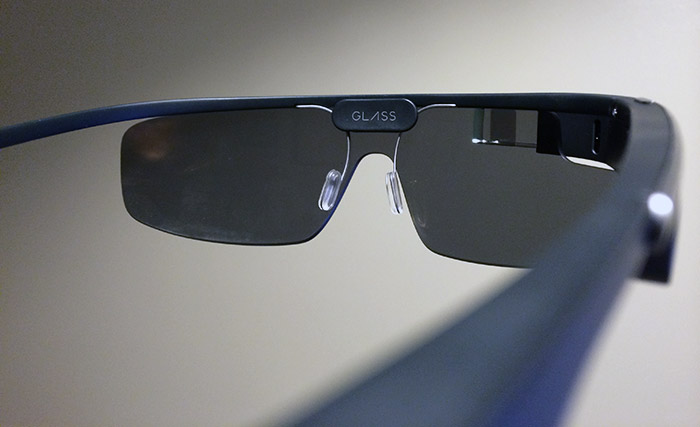
Hardware and usability
- I’m not used to wearing glasses for extended periods of time and I find Google Glass the same as wearing sunglasses.
- The Google Glass display is more off than on. It’s a passive device, not an active device. The experience is very notifications driven.
- Your normal field of vision is not obscured in any way. When the device is off, the crystal prism can cause light refractions and reflections, but this does not blind or distort your view (it’s not glare).
- Driving with Google Glass is no different than driving with a pair of sunglasses and no notifications are ever displayed until you tap or look up to activate the screen.
- The standard frame design aesthetics leaves a lot to be desired, but the “Active Shade” attachment makes these appear like sunglasses. (One person commented they didn’t even notice it was Google Glass until I pointed it out).
- The photo and video camera works remarkably well across colour reproduction, white-balance, sharpness, field of view, focus, low-light and response speed.
- The swiping touchpad is essential for practical navigation and is easy to perform on the large touch surface.
- Battery life is unusably short at around 5-6 hours or so of light use and persistent data tethering. Thankfully it uses standard microUSB for charge.
- A lack of an onboard GPS chip makes location-based services and features more difficult than it needs to be. Android “MyGlass” companion app provides GPS from phone to Glass, but iOS equivalent missing.
- The bone-conduction speaker is next-to-useless since it is inaudible if there is any other noise in the environment. The included mono-earbud is perfect but swapping between USB charge/earbud is annoying.
- Bluetooth phone calls work fine but lack of A2DP profile means it can’t replace headphones for a mobile phone yet (if using the mono or stereo earbud).
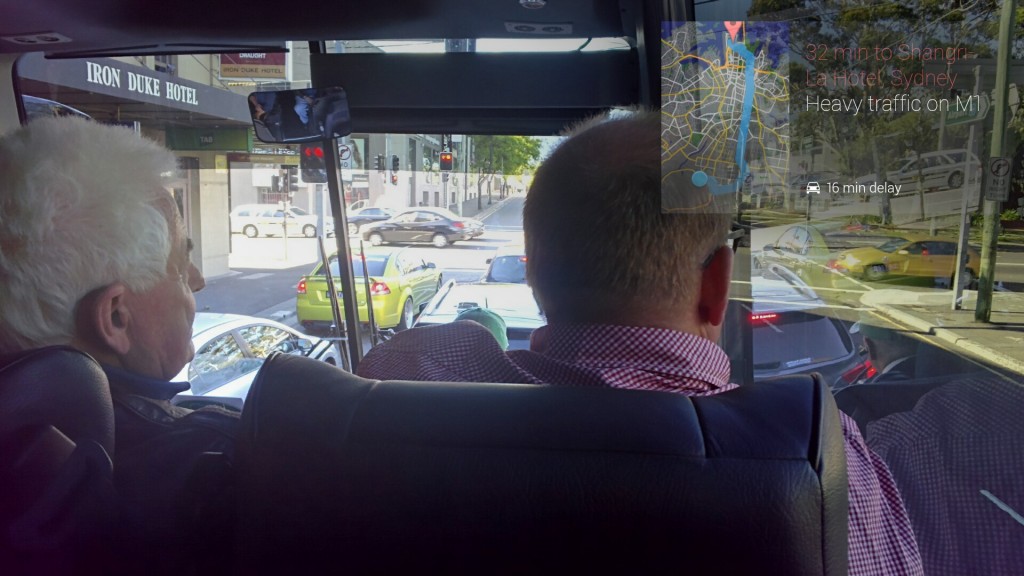
OS software & user experience
- The operating system is fast and responsive. It’s primitive in functionality but practical for the input control.
- The timeline UI paradigm of “future/current/past” display cards takes a lot of getting used to. The lack of categorization or file structures makes navigating structured content appear more difficult than it should be.
- Very bare-bones experience out-of-the-box provided by the native apps and functionality. Lacks native social integration to Facebook or Twitter. (Official Facebook and Twitter apps currently very primitive if not broken.)
- Most interactions heavily biased to Google+ which means some people will have to go out of their way to manage contacts and photos/videos cloud backup.
- Voice commands and searches work remarkably well if you desire to use them (I use touch 90% of the time)
- The web management UI makes add/remove/configure third-party apps easy and straightforward.
- Native integration with Google search, Google music, Google Now works extremely well but provides only a limited set of capabilities of each.

App ecosystem
- The two app development models (GDK/Mirror API) provide a great balance for both native-app developers and web developers
- The list of authorised apps and services is growing. Many more “unauthorised” apps and services are being actively developed which can be easily sideloaded.
- Developing a Mirror API app is based on simple HTTP calls and should be a no-brainer for any modern web developer. Comes with code samples for all popular platforms.
- I made a Mirror API-powered app for Facebook messages and notifications in under a day using PHP, MySQL and Windows Azure.
- From what I can see developing on the GDK is no different to developing Android apps which is ubiquitous.
- There is much potential for apps and services to deliver quick “glance-and-go” notifications and media content (pictures, video) to Glass users that drive engagement to complement existing apps/websites.
Conclusion
I have no doubt if Google released the current hardware and software (ecosystem) to the public, it will flop. The display fidelity, frame design, bone conduction speakers, battery life, iOS compatibility all need to be greatly improved before it can be considered a practical day-to-day tool.
Having said that, the opportunities for developers are bountiful and the GDK and Mirror APIs are some of the most approachable developer platforms I’ve seen.
And in my experience no one on the street, train or bus really cares. I’ve made it a habit to use mine primarily outdoors and take it off when I’m meeting a person face-to-face.
Photo samples
